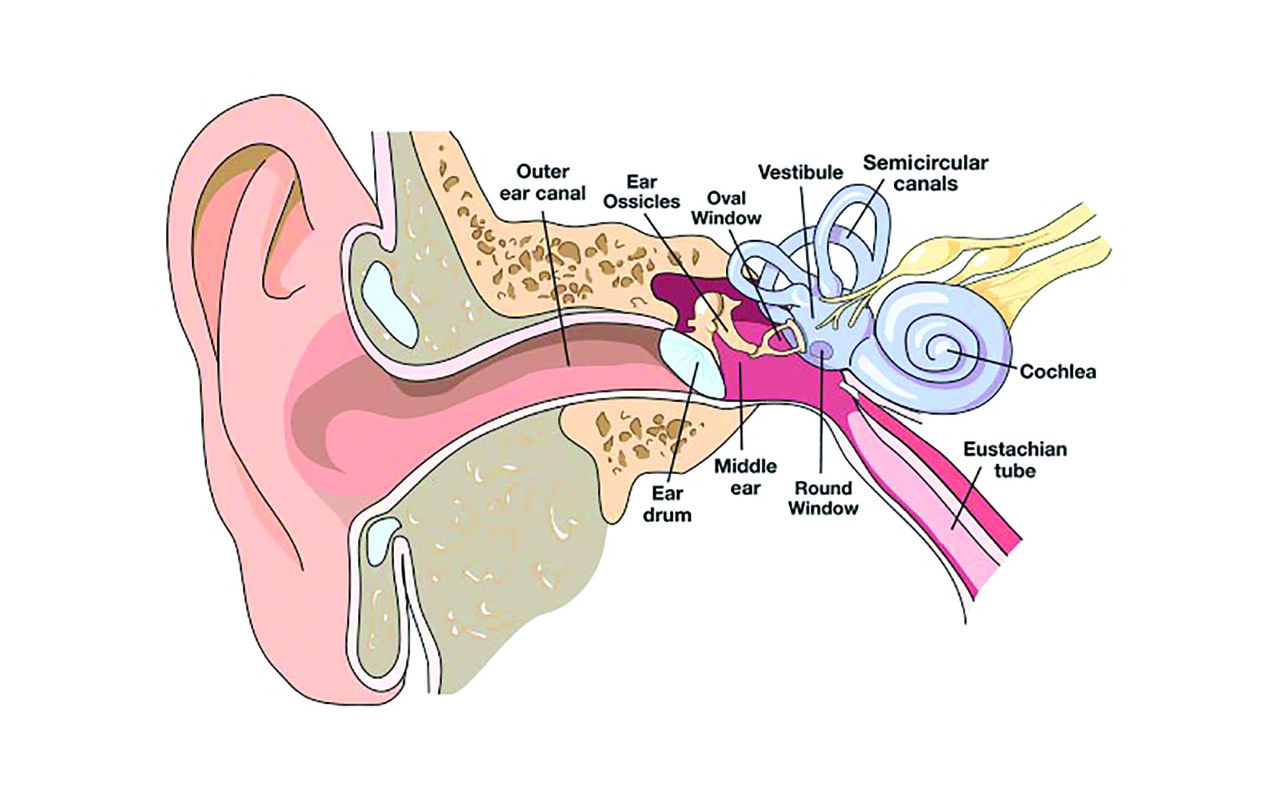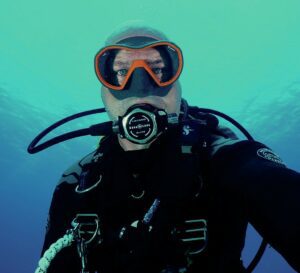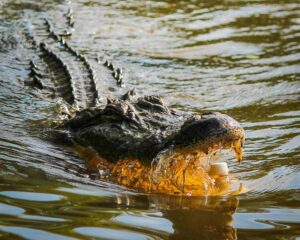Ears are complex and incredible organs that do so much more than pick up sound. They enable orientation in space, everyday physical activities and social interactions. Because of their importance – especially in scuba diving – divers should prioritize ear health.
Ear injuries are prevalent among scuba divers, and many incidents are preventable with proper knowledge and training. Ear equalization in particular is one of the most-important skills divers must master, and if it’s not done properly, serious long-term disability may result. Divers know a lot about proper care and equalization techniques, but additional tips and tidbits are always helpful.
Ear Anatomy

To optimize your equalization, it’s important to know the basics of ear anatomy. The external ear includes the pinna (the visible, external ear) and the ear canal, which leads to the eardrum. The eardrum separates the ear canal from the middle ear. Earwax is produced from glands located within the lining of the external ear (More on the importance of earwax in a bit).
The middle ear cavity is within the temporal bone and lined with a thin layer of tissue that is like the tissue inside the nose and throat. Within the middle ear are three tiny bones that form a chain attached to the eardrum on one side and a structure called the oval window on the other. This middle ear space is filled with air at ambient pressure, and when outside pressure changes, the middle ear needs to be re-equalized to the new ambient pressure. The ears are equalized through the Eustachian tubes, which connect the middle ear space to the throat.
The inner ear includes the hearing organ (cochlea) and the balance organ (vestibule and semicircular canals). The cochlea and vestibule are the beginning of the auditory and vestibular nerves.
Good Aural Hygiene
As ears are delicate tools used every day, they need to be kept properly clean. The correct way to clean an ear does not involve a cotton swab (Cotton swabs actually push earwax deeper into the ear). Some people find it helpful to occasionally wash their ears with a bulb syringe filled with a soapy-water-hydrogen-peroxide solution. If you have trouble with swimmer’s ear (an infection of the ear canal), try using a mixture of half white vinegar and half rubbing alcohol to cleanse and dry the ear canal after each day of diving. While this may help with swimmer’s ear, a gentle rinse with freshwater after each dive may be all you need.
Earwax accumulation is not necessarily a hygiene problem, and overzealous attempts to get rid of it can be as problematic as having too much. Earwax acts as a natural protector, trapping dust and other foreign particles. If a diver’s ear canal has too much wax, however, it could create a plug that traps air between itself and the eardrum, resulting in an air space that cannot be equalized. This may lead to a damaged eardrum. Traditional ear plugs are likewise unsuitable for diving as they create an air space that cannot be equalized.
If you struggle with getting water out of your ears, lift your outer ear upward and back to straighten the ear canal, and use a hair dryer to blow warm air into the canal for a few minutes (Ensure the air is not too hot!).
Equalize Like a Pro
Equalization methods are simple ways in which to open your Eustachian tubes, allowing air to enter. This helps create equal pressure between your middle ear and the underwater environment. In diving, these tubes often require active equalization to function, which may include swallowing or yawning. Here are six methods:
- Valsalva Maneuver: This is the method most divers learn. Simply pinch your nostrils closed and exhale gently through your nose. The key here is ‘gently’; a forceful Valsalva can damage the eardrum or even the inner ear. As this method does not activate muscles which open the Eustachian tubes, it may not work if the tubes are already locked by a pressure differential. If this method fails, ascend a bit before trying again.
- Passive: This requires no effort and typically occurs automatically during ascent.
- Voluntary Tubal Opening: While pushing the jaw forward and down, tense the muscles of the soft palate and throat – it’ll feel like a yawn. These muscles will help pull the Eustachian tubes open but does require a lot of practices and muscle control.
- Toynbee Maneuver: Pinch your nostrils and swallow. Swallowing will help open your Eustachian tubes while the movement of your tongue, with the nose closed, compresses air against them.
- Lowry Technique: This is a combination of Valsalva and Toynbee in which you close your nostrils, swallow and gently exhale all at the same time.
- Edmonds Technique: While tensing the soft palate and throat muscles, push your jaw forward and down, and simultaneously perform a Valsalva maneuver.
With all these methods it’s important to equalize early and often. If you feel discomfort, stop and ascend until the pressure goes away, and then try equalizing again.
Let’s hear it for the ears
DAN medics have a favorite saying when it comes to proper ear health – ‘Don’t put anything in your ear besides your elbow’. As they are used for so much more than hearing, how you manage your ears while diving is incredibly important.








